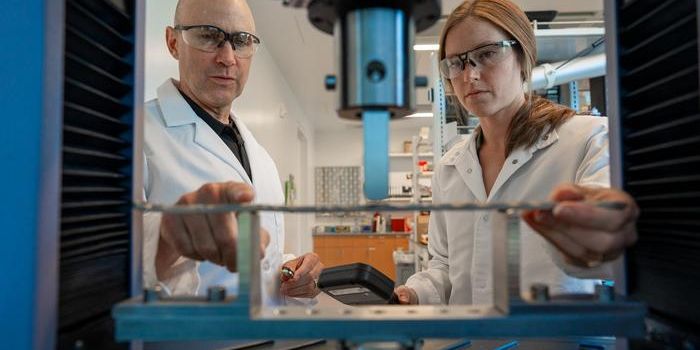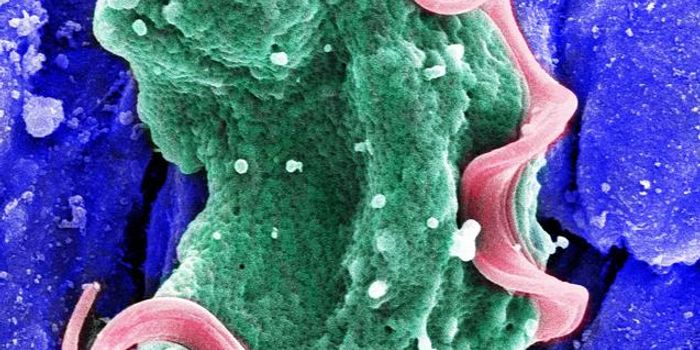A Seaweed-Inspired Shuttle for Delivering a Stem Cell Cargo
Living medicines in the form of stem cell therapies have immense potential for their ability to regenerate and heal damaged tissues. The major factor holding them back clinically is that most of them die in transit, either due to being dispersed and degraded or as a result of being attacked by the host patient’s immune system.
In response, biomaterials engineers have designed a new “space shuttle” to safely transport stem cells into patients using alginate, a naturally occurring polysaccharide from seaweed. By encapsulating stem cells inside an alginate hydrogel containing factors that shield against the local immune response, stem cells can work their magic without fear of attack, releasing healing factors to help the damaged tissues around them.
Scientists from Rice University and Baylor College of Medicine were behind the development of this immuno-evasive biomaterial, publishing their study in the journal Biomaterials Science. The researchers validated this new technique as a means of enhancing stem cell therapy after myocardial infarction, also known as a heart attack, a condition that occurs when blood flow to the heart is disrupted.
“Initially, researchers had hoped that stem cells would become heart cells, but that has not appeared to be the case,” said study co-author Ravi Ghanta. “Rather, the cells release healing factors that enable repair and reduce the extent of the injury. By utilizing this shielded therapy approach, we aimed to improve this benefit by keeping them alive longer and in greater numbers.” In animal models of myocardial infarction, stem cells within hydrogel carriers resulted in a 2.5-fold increase in heart-healing activity compared to cells delivered using standard methods.
The researchers see a clear path forward in terms of the clinical translation of this new technology; stem cells can be delivered in minimally invasive capsules, each one around 1.5 mm in size and harboring around 30,000 stem cells.
Omid Veiseh, another co-author involved in the study said, “We can deliver the capsules through a catheter port system, and that’s how we imagine they would be administered in a human patient.”
“You could insert a catheter to the area outside of the heart and inject through the catheter using minimally invasive image-guided techniques.”
Sources: Biomaterials Science, Medgadget.









